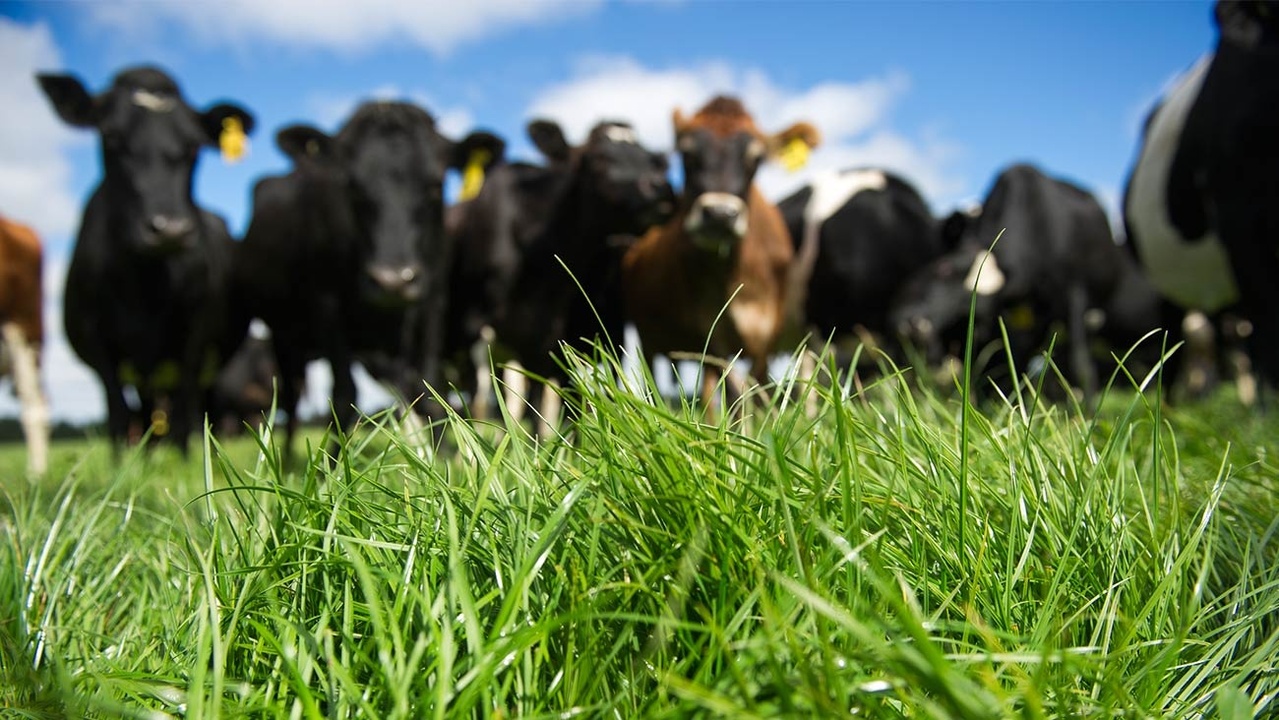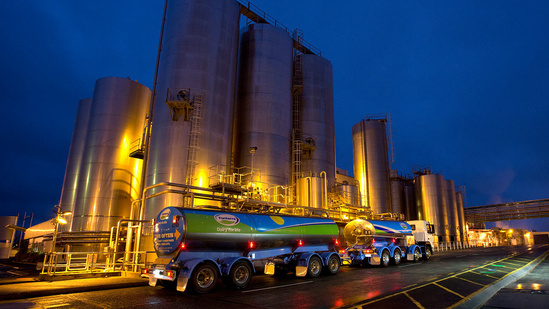How is butter made?
Let’s go on a journey of discovery to find out how butter is made, using all natural ingredients for that authentic and unmistakable buttery taste.
A taste of New Zealand
- It all starts with a mixture of sun, soil and water, to give us lush, fresh NZ grass. This is what our cows eat most of the year, thanks to New Zealand’s temperate climate.
- This grass contains essential nutrition for the cows, helping them to produce high quality milk. Grass is rich in a particular nutrient called beta-carotene which gives New Zealand butter that natural golden colour. By comparison, butter from cows that are mainly fed on grains tends to have a pale, whitish appearance.
The butter making process
- After the milk is collected from the farm, the next step is separating the cream from the milk. Cream contains milk fat and gives butter that rich, natural flavour.
- Once the cream has been separated from the milk, it is then pasteurised. The traditional butter making process begins with continuous churning of the cream which in turn separates the solid milk fat from the liquid buttermilk. You’ll see this separation if you over-whip cream at home!
- The solid milk fat is then kneaded to create a uniform texture – at this point the product becomes butter which can then be salted, if required, to give it the desired taste.
- Meanwhile, the buttermilk can be used to make other products – it makes a great ingredient for pancakes!
- The butter is packaged and tested to ensure it meets strict quality standards before being sent to stores, ready for you to enjoy.

